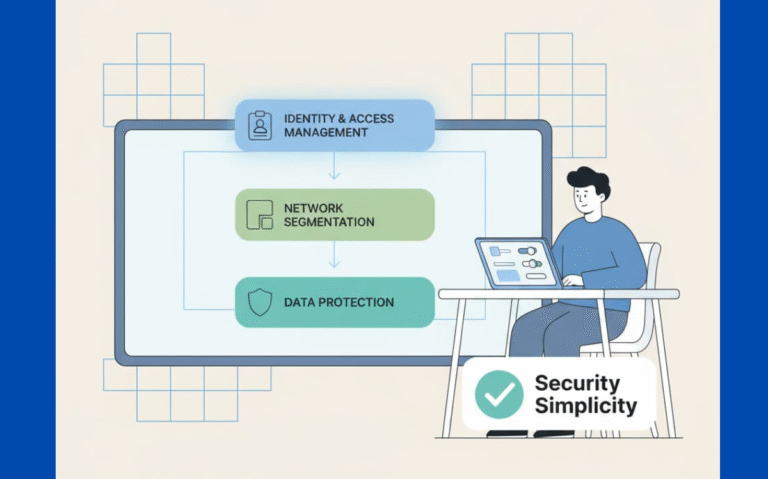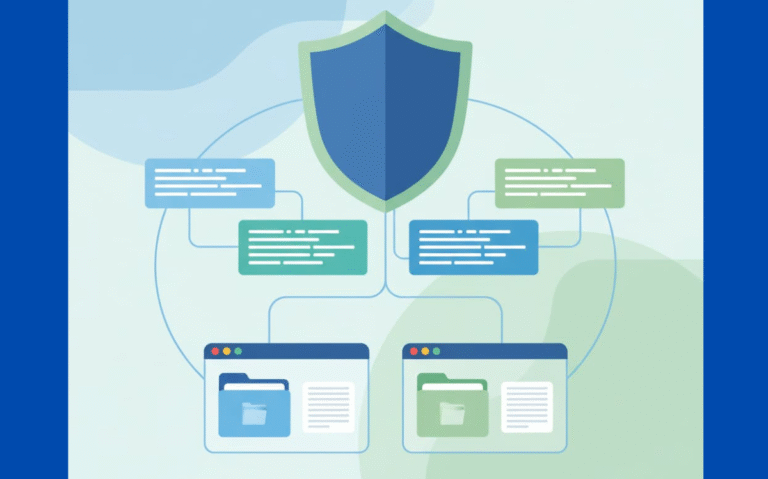
What Are Trust Boundaries Security: Stop Breaches Fast
Trust boundaries define critical points in software systems where data crosses between secure and less-trusted zones. Our secure development…
Get practical advice, tutorials, and updates from security professionals. Our blog helps developers write safer code, understand real-world threats, and grow their secure coding skills.

Trust boundaries define critical points in software systems where data crosses between secure and less-trusted zones. Our secure development…

Trust boundaries mark the line where secure meets unsecure areas within software systems. These crossing points need special attention…

Complex security doesn’t mean better security, something most coders learn the hard way. When teams stack security features like…

Security doesn’t need to be complicated. Most data breaches happen because someone piled on too many security tools, creating…

Clean code beats fancy tricks when it comes to security. Nobody wants to debug a maze of functions at…

Look, security doesn’t have to be rocket science. Most teams mess up by adding endless layers of protection that…

Basic security beats fancy setups every time, ask any developer who’s cleaned up after a breach. Those overly complex…
![Minimalist design elements illustrate [how simplicity improves security] by reducing vulnerabilities through focused safeguards.](https://securecodingpractices.com/wp-content/uploads/2025/11/how-simplicity-improves-security1.png)
Security breaks when things get too complex. Through our eight years training dev teams, messy systems fail more often…

Security teams face chaos when their systems get too complex. We’ve seen it firsthand in our bootcamps, overloaded tools,…

A strong security setup doesn’t need fancy bells and whistles. Our team learned this firsthand while running secure development…